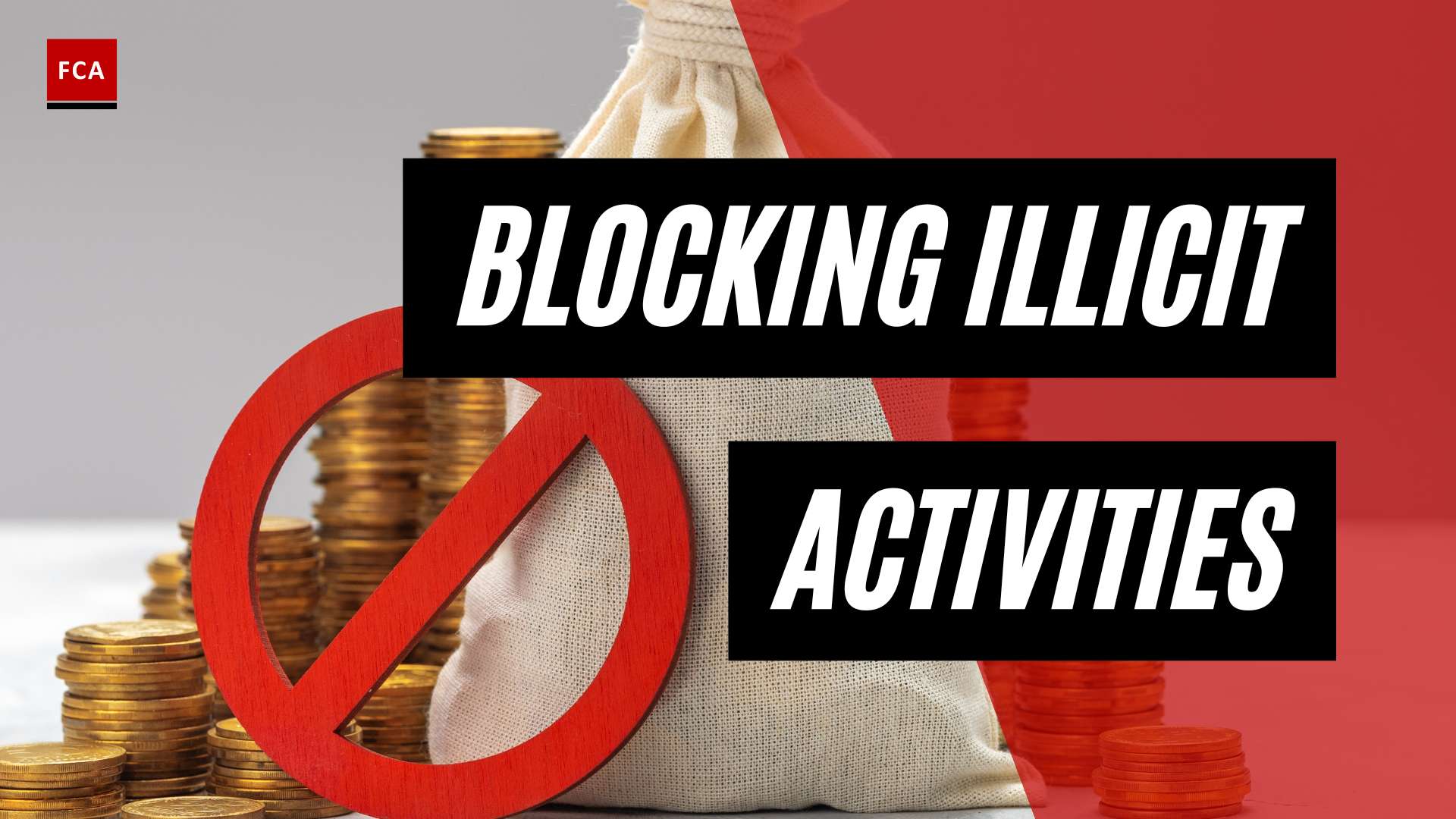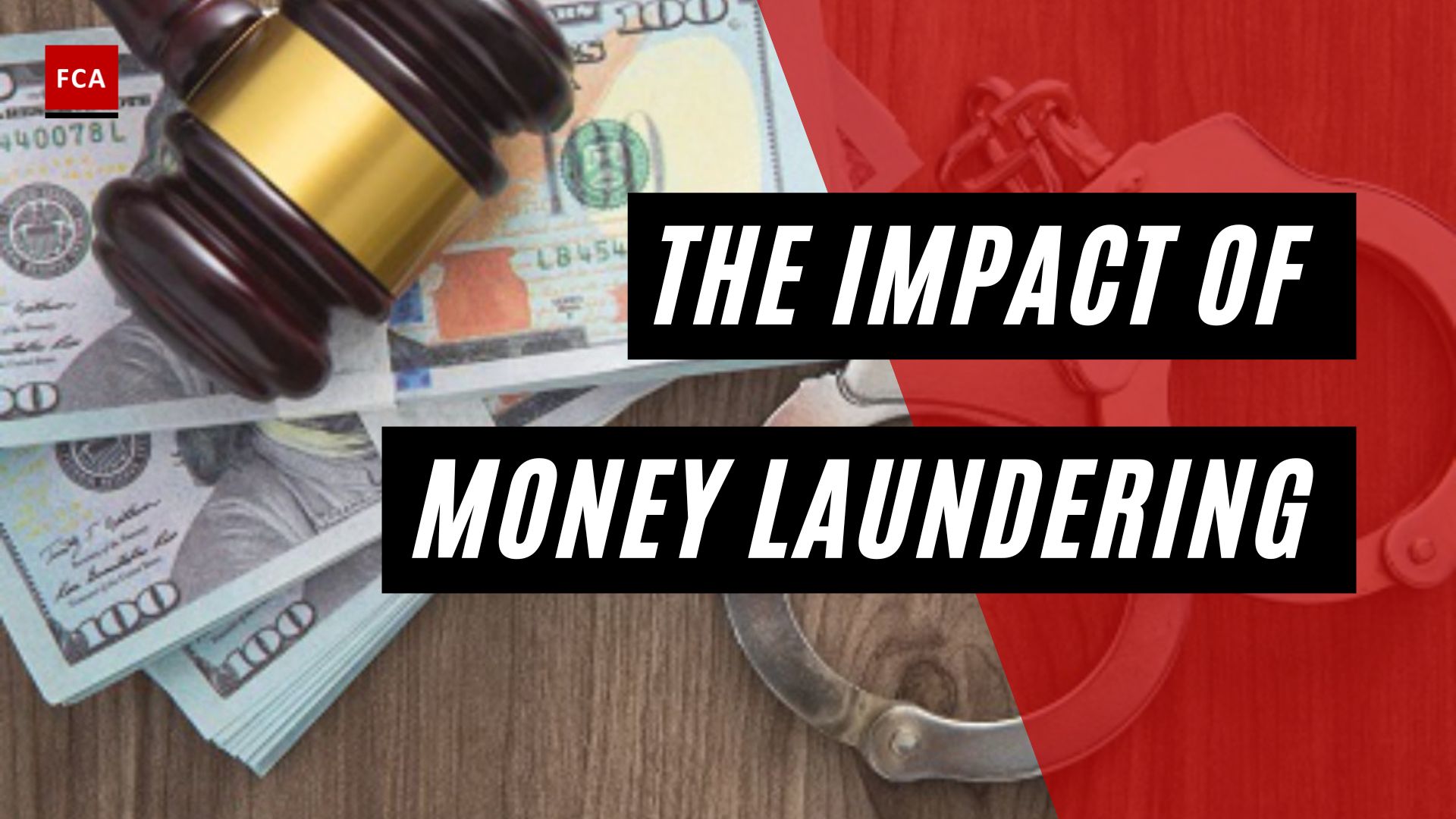Imagine a world where criminals effortlessly funnel billions of dollars through legitimate businesses, corrupting the global financial system and fueling illegal activities. This is the reality of money laundering, a threat that affects businesses and individuals worldwide. In this blog post, we’ll delve into the complex world of money laundering, its techniques, and real-life money laundering examples. We’ll also explore detection and prevention strategies, helping you recognize and combat this serious financial crime.
Key Takeaways
Money laundering is a criminal activity used to conceal the source of illegally-obtained funds.
Common money laundering techniques include Smurfing (Structuring), Cash-Heavy Businesses, and Trade-Based Laundering.
Detection and prevention strategies involve recognizing red flags, filing Suspicious Activity Reports (SARs), implementing KYC/AML regulations, creating robust compliance programs, and partnering with third parties.
Understanding Money Laundering

Money laundering is a grave financial offense that enables numerous other criminal activities, including drug trafficking, tax evasion, and terrorist funding. A thorough understanding of the definition, consequences, and techniques of money laundering is vital in the battle against it.This illicit practice is a global problem that undermines economies, fuels crime, and fosters corruption. It’s a sophisticated crime that involves a series of transactions used to disguise the origin of financial assets so that they appear to have originated from legitimate sources.
By understanding its nuances, we can better equip ourselves to recognize the signs of money laundering and take effective measures to counteract it. The fight against money laundering is a collective responsibility. From individual citizens to multinational corporations, everyone has a role to play in ensuring the integrity of our global financial system. A deep understanding of money laundering practices empowers businesses and individuals to detect and prevent the infiltration of illicit funds into the legitimate financial system.
What is Money Laundering?
Money laundering, also known as the money laundering process, is the act of masking the source of illegally obtained funds by transferring them through legitimate businesses or financial transactions, often involving cash transactions. The purpose of this process is to obscure the identity of the launderer and the original party to the transaction, making it difficult to trace and analyze the transactions.
This complex and intricate process often involves shell companies, intermediaries, and offshore financial centers, creating a web of deceit that is difficult for authorities to unravel. International laws, such as the FATF recommendations, provide a comprehensive and consistent framework for countries to combat money laundering.
The Consequences of Money Laundering
Money laundering has several negative impacts, including:
Negatively impacting the economy
Increasing crime rates
Undermining the integrity of financial institutions
Disrupting the money flow of the system, resulting in higher consumption rates
Affecting the country’s imports or exports
This can consequently impact foreign payments and necessitate changes in the monetary policies of governments to prevent money laundering. Money laundering also facilitates the concealment of the proceeds of criminal activities, thus enabling criminals to continue their unlawful activities.
Furthermore, money laundering can result in financial institutions being used for criminal purposes, causing detriment to their reputation and incurring financial losses.
Common Money Laundering Techniques
Criminals employ various techniques to launder money, including smurfing, cash-heavy businesses, and trade-based laundering. Recognizing common money laundering techniques is vital for businesses and individuals, as it enables them to spot red flags and take action to halt the entry of illicit funds into the financial system.
Awareness of these techniques empowers us to more effectively detect and combat money laundering activities. By understanding the methods criminals use to disguise the origin of their funds, we can better identify suspicious activities and take appropriate actions to prevent the infiltration of illicit funds into our financial system. This knowledge is not only beneficial for financial institutions but also for businesses and individuals who may unknowingly become involved in these illegal activities. The more we know about these techniques, the stronger our defenses become against this pervasive financial crime.
Smurfing (Structuring)
Smurfing, also known as structuring, is a money laundering technique that involves:
Breaking up large sums of money into smaller transactions
Avoiding detection by authorities
Circumventing currency reporting regulations that banks must abide by in numerous countries
Criminal organizations employ smurfing to facilitate their illegal activities. This method, often used by sophisticated criminal networks, involves the strategic and systematic breakdown of large sums of money into multiple smaller transactions. These transactions are typically carried out across various banks or financial institutions, making it significantly harder for authorities to detect and trace illicit funds. The ultimate goal of smurfing is to make the illegally obtained money appear as legitimate income, thus allowing criminals to continue their unlawful operations with less risk of detection.
The process of smurfing involves the placement stage, where funds are dispersed through a network of individuals, and the layering stage, where the money is returned to one or multiple accounts.
However, smurfing is not without risks. If the deposits made through smurfing come under scrutiny, the launderer may have difficulty explaining the purpose of the deposits, and there is a risk of investigation for money laundering.
Cash-Heavy Businesses
Criminals often exploit cash-intensive businesses, such as restaurants, bars, and convenience stores, to launder money by mixing illicit funds with legitimate income. This classic scheme, known as the Cash Business Scheme, allows criminals to deposit and process their illicit cash through legitimate businesses, making it challenging for authorities to trace the origin of the funds.
Money launderers may use money laundering schemes such as overstating income and inflating expenses to create the illusion of legitimate earnings for their cash-intensive businesses, effectively turning dirty money into seemingly clean funds.
Trade-Based Laundering
Trade-based laundering is a money laundering technique involving the utilization of the international trade system to transfer funds across borders while concealing the source of the money. Criminals manipulate the value, volume, or type of goods traded to facilitate the illegal transfer of funds across borders, making it appear legitimate.
This is achieved by using shell companies, intermediaries, and offshore financial centers to create complexity, and manipulating invoices or business transactions to disguise illicit funds as legitimate business profits. A warning sign of trade-based laundering could be an unexpected, considerable rise in profits in business records.
Real-Life Money Laundering Examples

Throughout history, there have been numerous high-profile cases of money laundering, providing valuable insights into the techniques used by criminals. Analysis of real-life examples, such as bank capture scandals, Al Capone’s laundromats, and online gaming platforms, enhances our understanding of the strategies used by money launderers and aids in detecting and preventing similar activities.
Bank Capture Scandals
Bank capture scandals refer to cases of money laundering involving banks, such as Danske Bank and HSBC. In these cases, banks were used for criminal purposes, ultimately compromising their reputation and incurring financial losses.
Lax reporting procedures by banks can allow criminals to deposit large sums of cash without detection, making it difficult for authorities to trace and analyze the transactions. Detecting bank capture can be challenging, as funds are transferred without examination, making it difficult to identify the money launderer.
Al Capone’s Laundromats
The infamous case of Al Capone using laundromats to launder money showcases how criminals use seemingly legitimate businesses to funnel illicit funds. Capone utilized the Cash Business Scheme to obscure illegal funds by funneling them through cash-heavy laundromats.
This case not only serves as a prime example of money laundering but also gave rise to the term “money laundering” itself. Interestingly, the term “money laundering” is said to have originated from this very practice of Al Capone, who used laundromats as a front for his illicit activities. These businesses, being cash-intensive, provided the perfect cover for Capone to legitimize his ill-gotten gains. The cash from his illegal operations would be mixed with the legitimate earnings of the laundromats, effectively “cleaning” the dirty money. This ingenious, albeit unscrupulous, method of disguising the illegal origins of money has since been adopted by many criminals, and the term “money laundering” has stuck around as a fitting descriptor for such activities.
Online Gaming Platforms and Cyber Laundering
The use of online gaming platforms and digital currencies for money laundering is a growing concern in today’s digital age. Criminals engage in various activities to launder money, including:
Transferring funds from one account to another
Using digital currencies to conceal the origin of the funds
Purchasing virtual goods or services through the platforms
Utilizing digital currencies to transfer funds anonymously
These practices make it difficult for authorities to trace the source of the funds and prevent money laundering.
With advancing technology, maintaining vigilance and adapting to new money laundering techniques becomes a vital step for businesses and individuals to counter this constantly evolving threat.
Detection and Prevention Strategies
Detecting and preventing money laundering is a shared responsibility between businesses, individuals, and law enforcement agencies. Identifying red flags, filing suspicious activity reports, and implementing KYC and AML regulations together constitute a strong defense to keep the financial system secure and free from criminal activities.
In the following sections, we’ll explore these strategies in more detail.
Red Flags and Suspicious Activity Reports
Recognizing red flags and filing suspicious activity reports (SARs) are crucial steps in detecting money laundering. Red flags are indicators of potential money laundering activity that can alert the relevant authorities to suspicious activity, warranting further investigation.
SARs, filed by financial institutions when they detect suspicious activity, provide authorities with information that can aid in the identification and investigation of potential money laundering activity. Maintaining vigilance and reporting suspicious activities enables businesses and individuals to contribute effectively to the fight against money laundering.
Know Your Customer (KYC) and Anti-Money Laundering (AML) Regulations
Implementing KYC and AML regulations helps prevent money laundering by ensuring businesses know their customers and monitor transactions. KYC and AML regulations require businesses to identify and verify their customers’ identities, as well as monitor and report any suspicious transactions.
Compliance with these regulations helps businesses avoid unintentionally aiding money laundering and other criminal activities.
How Businesses Can Protect Themselves

To safeguard themselves from money laundering, businesses should implement robust compliance programs and partner with third-party vendors. Comprehensive compliance programs help businesses detect and thwart money laundering activities, while partnering with third-party vendors can assist in staying compliant with anti-money laundering regulations and detecting suspicious activities.
In the next sections, we’ll discuss these strategies in greater detail.
Implementing Robust Compliance Programs
Establishing strong compliance programs is essential for businesses to detect and prevent money laundering. A comprehensive compliance program should incorporate the following components:
Risk assessment
Transaction monitoring
Employee training
Development and maintenance of robust compliance programs can help businesses reduce the risk of money laundering and other unlawful activities, protect their reputation, and ensure compliance with anti-money laundering regulations.
Partnering with Third-Party Vendors
Collaborating with third-party vendors can help businesses in the following ways:
Stay compliant with anti-money laundering regulations
Detect suspicious activities
Identify and report suspicious transactions
Adhere to regulatory requirements
Continuously monitor customers and transactions
These vendors provide specialized services and expertise that can assist businesses in these areas. They offer a range of services, from risk assessment and transaction monitoring to customer due diligence and employee training. By leveraging their expertise, businesses can ensure they are well-equipped to detect and prevent money laundering activities. These vendors often have a deep understanding of regulatory requirements and the latest trends in money laundering techniques, making them an invaluable resource in the fight against this financial crime. They use advanced technology and analytics to identify suspicious patterns and activities, providing businesses with actionable insights to protect themselves from potential threats. Furthermore, these vendors can also assist in the preparation and submission of necessary reports to regulatory bodies, ensuring businesses stay compliant with all relevant anti-money laundering regulations.
Collaboration with third-party vendors can enable businesses to bolster their defenses against money laundering and other criminal activities.
Summary and Conclusion
In conclusion, money laundering is a complex and pervasive issue that affects businesses and individuals worldwide. By understanding money laundering techniques, implementing robust compliance programs, and partnering with third-party vendors, we can effectively detect and prevent money laundering activities.
As the fight against this serious financial crime continues, it is of utmost importance that businesses and individuals maintain vigilance, adjust to evolving techniques, and collaborate to uphold the integrity of the global financial system.
Frequently Asked Questions
This section provides answers to some of the most frequently asked questions about money laundering, aiming to enhance your understanding of this complex financial crime.
What is money laundering? Money laundering is the process of disguising the source of illegally obtained money.
What is an example of money laundering?

Examples of money laundering include:
Smurfing, where large sums of money are broken down into smaller transactions to avoid detection
Cash-heavy businesses, where criminals mix illicit funds with legitimate business income
Trade-based laundering is where the value, volume, or type of goods traded are manipulated to transfer money across borders and make it appear legitimate.
What is the most common form of money laundering?
Smurfing, or structuring, is one of the most common forms of money laundering. This technique involves breaking up large sums of money into smaller transactions to avoid detection by financial institutions.
Other common forms of money laundering include trade-based money laundering, real estate laundering, and casino laundering.
What are money laundering examples in financial institutions?
Bank capture scandals, such as those involving Danske Bank and HSBC, are examples of money laundering in financial institutions. In these cases, banks were used for criminal purposes, ultimately compromising their reputation and incurring financial losses.
Lax reporting procedures by banks can allow criminals to deposit large sums of cash without detection, making it difficult for authorities to trace and analyze the transactions.
How much money is considered money laundering?
Money laundering is a crime punishable under US Code Section 1957 and refers to the process of engaging in financial transactions with property derived from unlawful activity in an amount greater than $10,000.








